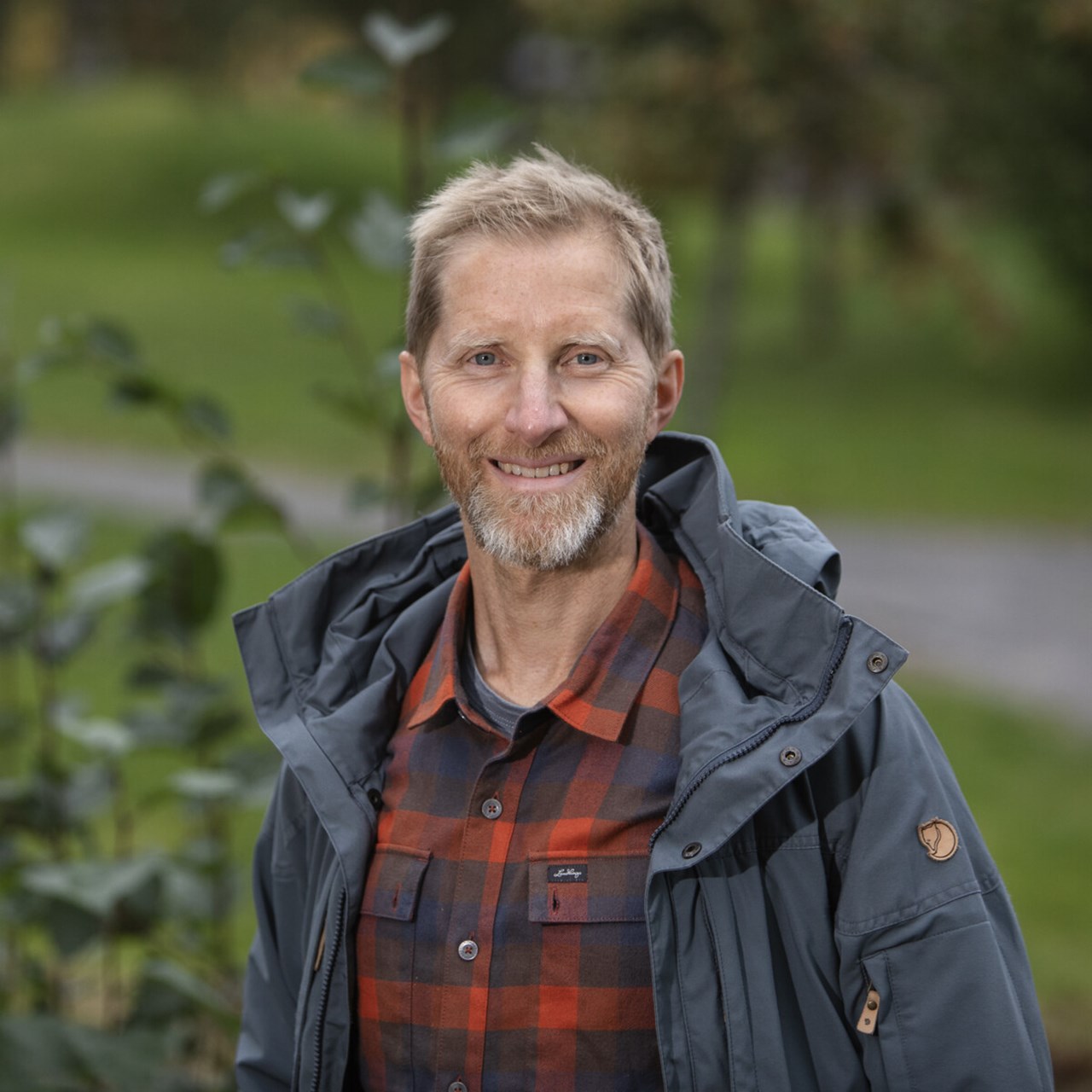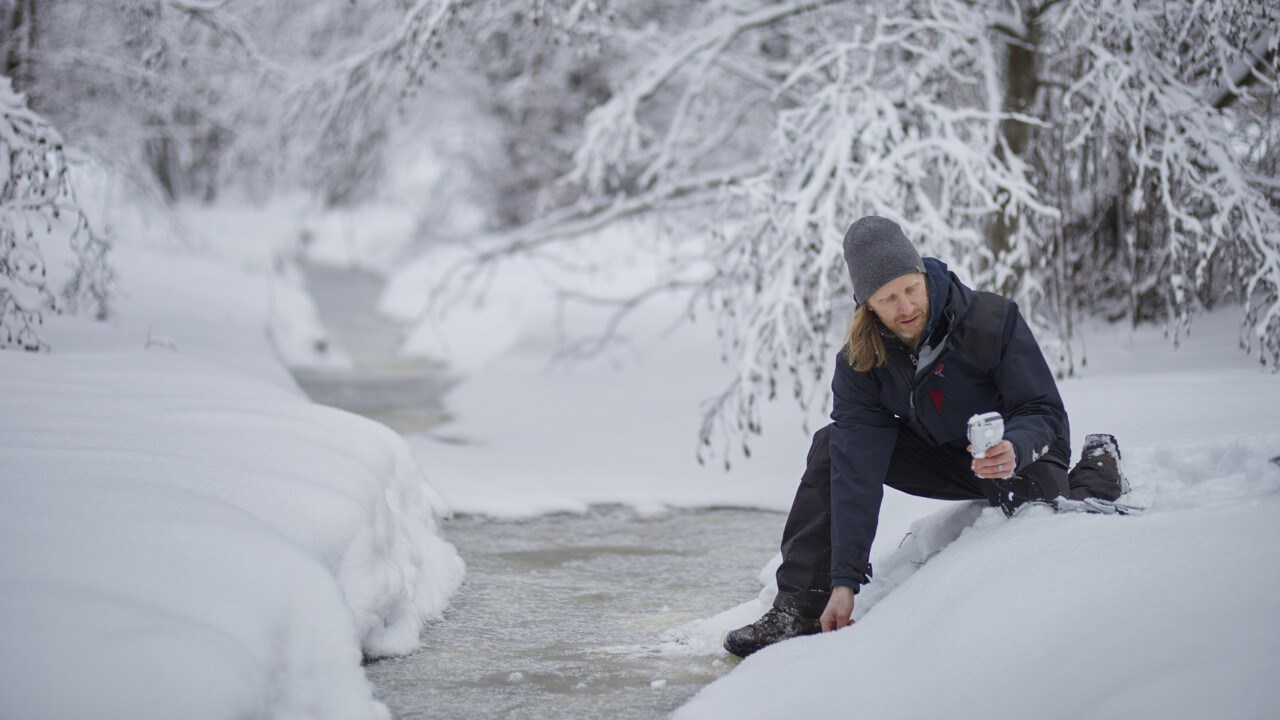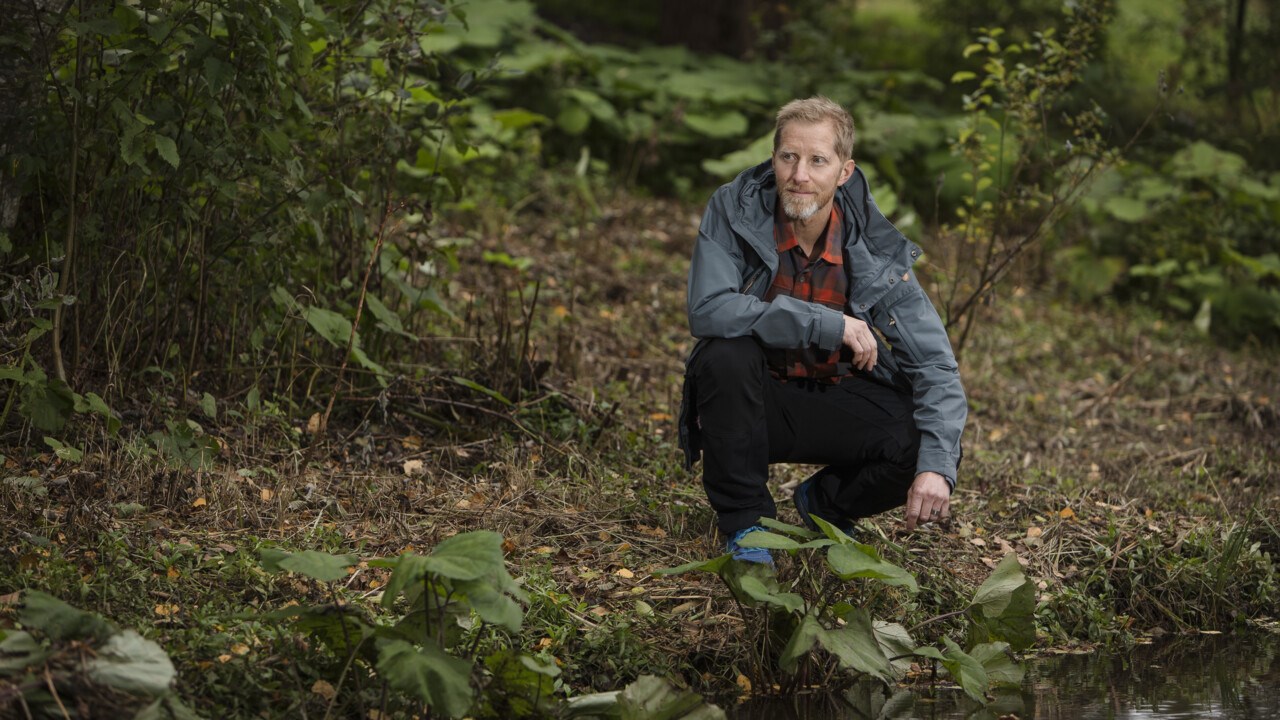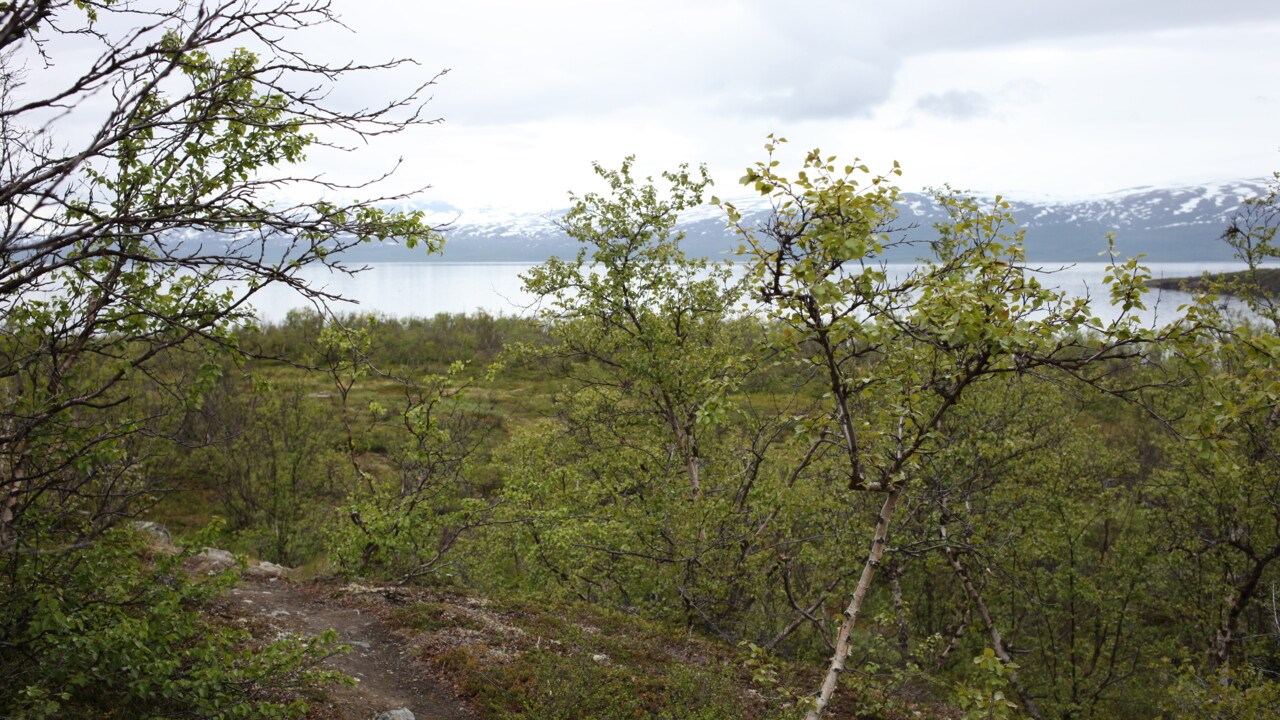About Jan Karlsson and CIRC
Jan Karlsson has studied the Master's program in Physical Geography at Umeå University. In 1998, he got a doctoral position in Abisko and was involved when CIRC, the Climate Impacts Research Centre, started.
He received his PhD in 2001 and has been a professor since 2011. Together with his research group in biogeochemistry, he works mainly with comparative field studies but also experiments and modeling.
The research is conducted in collaboration with Swedish and international universities and CIRC, which is one of Umeå University's research centers.






